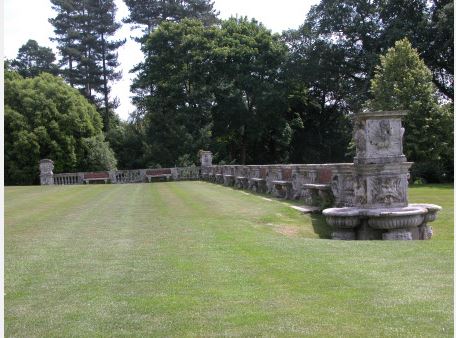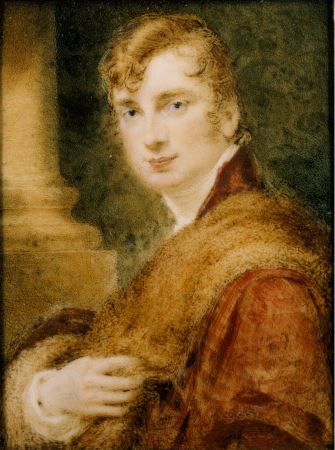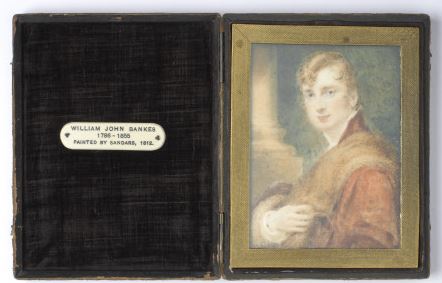This blog continues in the “Europe & the U.S. in 99 Objects” series. Dr. Gabriella de la Rosa at the National Trust has started this project for the National Trust, originally published here, by delving into the Trust’s collections – nearly 1 million objects held at over 200 historic properties across the United Kingdom – to find objects with interesting, unusual and unexpected connections to Europe. These objects and their stories are being published in the form of a digital diary on the National Trust Collections website.
#28 Stone fragment – Guiseppe di Giacomo and Paolo Massini
Category: Art / Sculpture
Date: 1618 – 1619
Materials: Brick, Stone
Collection: Cliveden Estate, Buckinghamshire
On show at; Cliveden Estate, Buckinghamshire, London and South East, National Trust
NT 766256.1
In 1896 when William Wardorf Astor brought back sections of balustrading from the Villa Borghese in Rome for his gardens at Cliveden, some secret passengers hitched a ride. Papillifera papillaris – a species of tiny, air-breathing land snails – typically makes its home in rocky limestone habitats in Italy. In this instance, a colony of these minute Mediterranean molluscs burrowed into crevices of the travertine balustrade which was originally carved for Cardinal Scipione Borghese in the 17th century.
Since their arrival in 1896, these reclusive guests have survived two world wars, the Profumo sex scandal and more than their fair share of freezing British winters. They were only identified in 2008 after a volunteer encountered the tiny molluscs while cleaning the garden statuary.
The ‘Cliveden snails’, as they are affectionately known, have been true to character and have only traveled about 25 cm a year, taking more than a hundred years to reach stonework 60 yards away. At this rate, there’s little chance of this foreign invader becoming an invasive species any time soon.
Summary
Sculpture, Travertine and brick tile, The Borghese Balustrade, 1618-1619 by Guiseppe di Giacomo and Paolo Massini. Sections of stone balustrading alternate with sections of red brick wall with stone seats, while at the corners and ends, are large pedestals for statues carved with the dragons and eagles of the house of Borghese. the central pair of pedestals are the most elaborate, with small fountain basons on three sides into which grotesque masks spew a constant stream of water.
#29 William John Bankes MP (1786-1855)
George Sanders (Kinghorn, Fife 1774 – London 1846)
Does the handsome young man depicted in this watercolor miniature, dubbed ‘the father of all mischiefs’ by Lord Bryon, capture something of the character of William Bankes?
Bankes was a Romantic aesthete who rebuilt his ancestral home of Kingston Lacy, adding many splendid works of art and furnishings he collected while travelling in Spain, Italy and the Middle East. A pioneer Egyptologist, he brought back the imposing Philae obelisk, an iconic feature in the grounds at Kingston Lacy today.
William’s private life was colorful, with many rumors of affairs with married women but in 1841 he was caught with a guardsman in London’s Green Park. The crime of sodomy still carried the death penalty, so he escaped abroad, spending his last fourteen years in Venice, a time-honored destination for the exiled and fallen.
Although unable to return to Kingston Lacy, William continued to collect, sending objects to Dorset to be displayed in his beloved home. Sadly, he never saw the culmination of his years of collecting but we are fortunate to have been left his remarkable legacy.
Summary
Portrait miniature, watercolour on ivory; William Bankes MP (1786-1855) by George Sanders (Kinghorn, Fife 1774 – London 1846). Half length portrait, as a young man, turned to left, head to spectator, wearing an undergraduate’s red robe with fur trimming and white neckcloth, Blue eyes, golden hair, column background to left.







